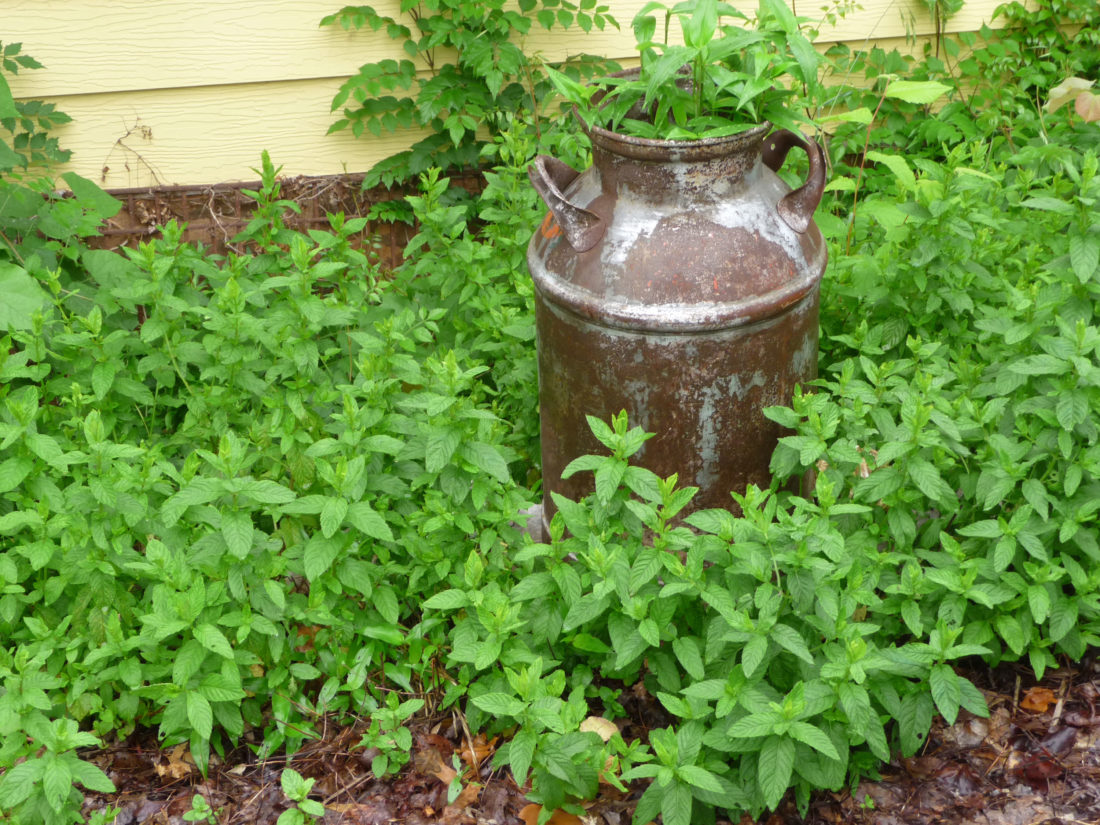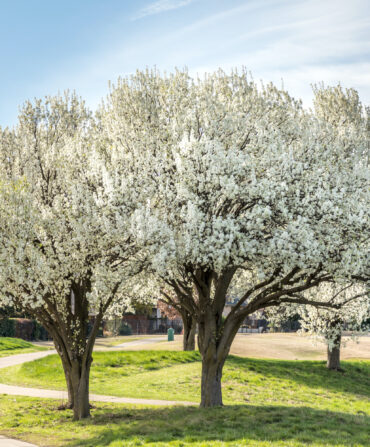Not only is mint known for spreading wildly in the garden, but the herb has firmly planted its flag in the cuisines of the world, too, whether it’s Lebanese tabbouleh, Moroccan tea, the jelly served alongside lamb in England, or, of course, a Southern Derby Day julep. Among the dozens—some estimates say hundreds—of mint cultivars and hybrids, a handful stand out for their refreshing flavor and widespread culinary use. But not interchangeably. Muddle peppermint in a julep, and guests will wonder why their lips tingle a little too much. Or mix orange mint into a batch of ice cream and you’ll wind up with something more reminiscent of Earl Grey tea.
Mint varieties matter, says Susan Belsinger, an herbalist and author of the book The Culinary Herbal. Belsinger’s garden in Brookeville, Maryland, abounds with vegetables and herbs, but she finds herself especially drawn to mint for everything from baking to cocktail-making and tea-sipping. “I never drink a glass of sweet tea in the summertime without bruising a couple of mint leaves and rubbing them around the rim of my glass,” she says.
In a broad sense, the family that peppermint and spearmint belong to, Lamiaceae, includes many other culinary herbs—basil, oregano, rosemary, thyme, and lavender. Sticking to the more traditionally minty mints (think gum and juleps), Belsinger shares a few of her favorites.
Peppermint
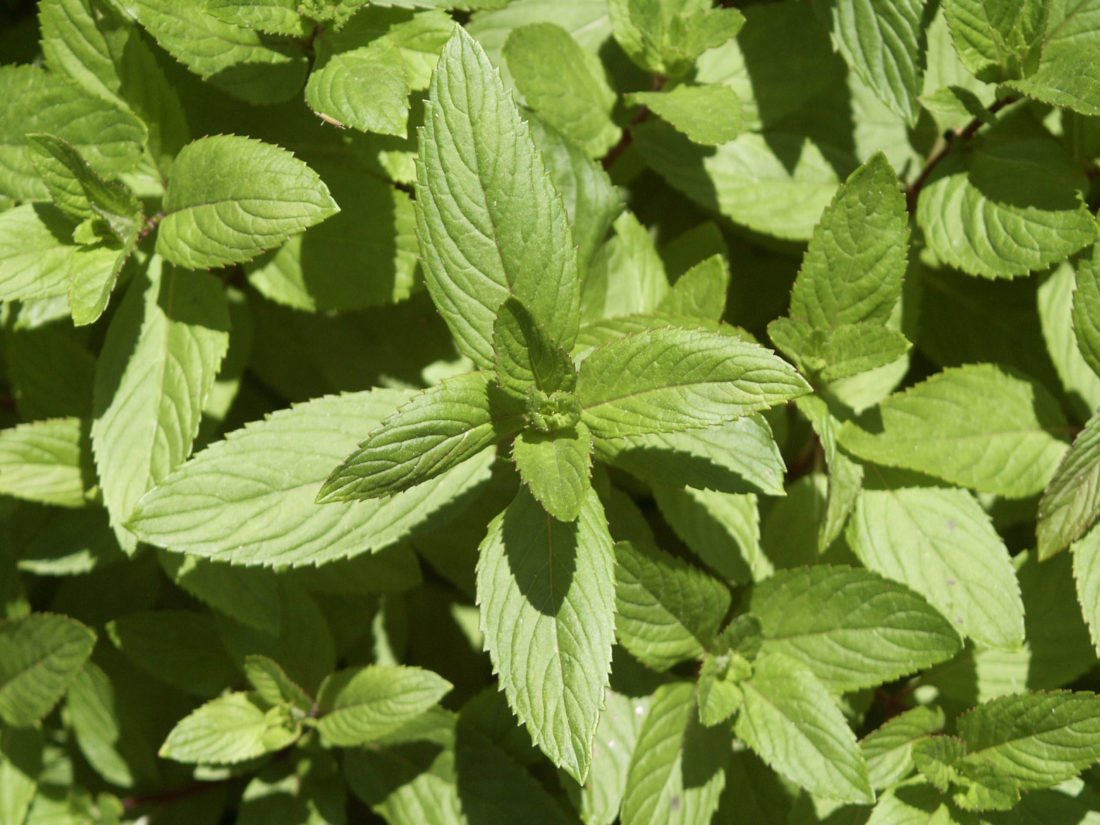
Intensely peppery, peppermint is loaded with menthol, which creates a bracingly cool sensation in the mouth. Used commonly in toothpaste and chewing gum, peppermint is sometimes used to flavor ice cream or to stand up to chocolate in baked goods. But it is not the most popular culinary mint. That honor goes to…
Spearmint
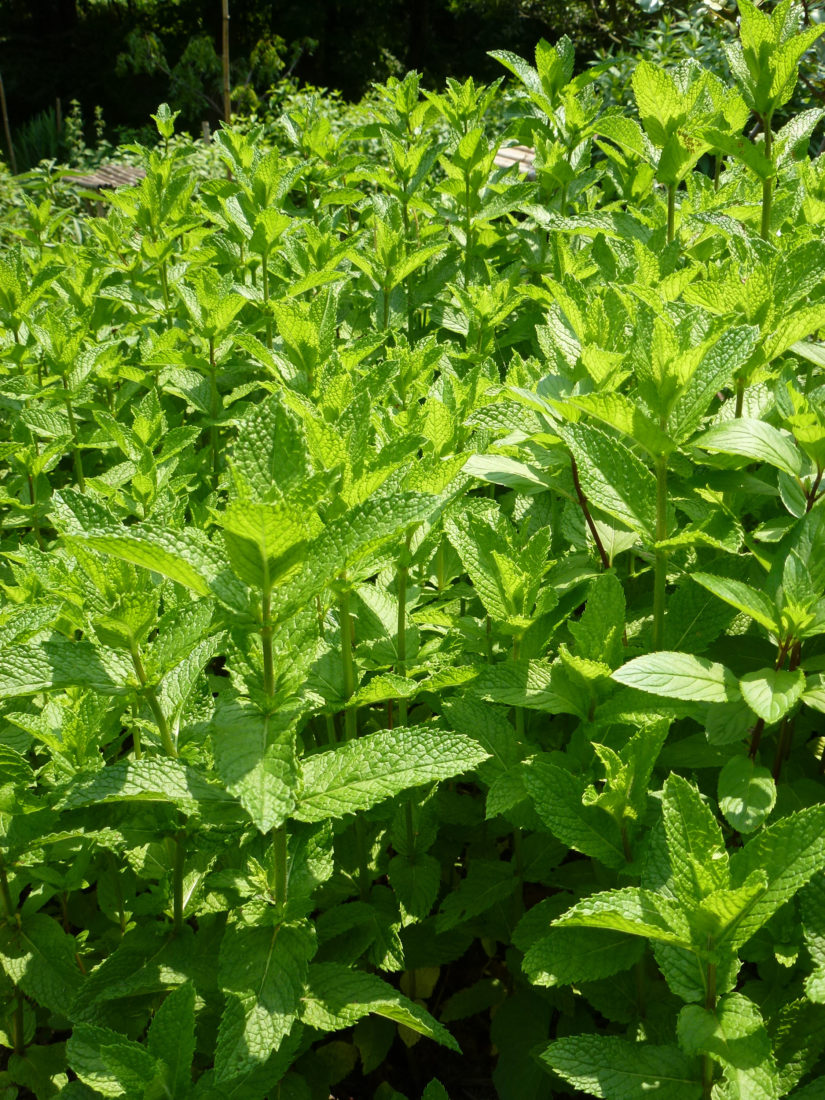
“Spearmint is grown on every continent except the poles, so it’s readily available in every cuisine you can imagine,” says Belsinger. With much less menthol than peppermint, spearmint is naturally sweet and refreshing, which is why it finds its way into many fruit dishes and cocktails. One cultivar in particular, the Kentucky Colonel mint, is widely considered the perfect julep mint—its large, wrinkled, pale green leaves release sweet minty oil when gently muddled.
Doublemint

Get the best of both peppermint and spearmint in one of Belsinger’s most-recommended mints, the Mentha x gracilis ‘Madalene Hill,’ also called red-stemmed mint or doublemint. Developed by a Texas herbalist, it’s a cross between the two plants that keeps the best elements from each. “You’ve got the cool sweetness of spearmint and the menthol bite of peppermint,” Belsinger says. “It is the most minty mint you could ever eat in your life.” Belsinger bruises the leaves to mix into mojitos—the brightness of the menthol stands up to bold rum and lime flavors.
Bee balm

Bee balms include many varieties such as horsemint (spotted bee balm) and range in taste from oregano-spicy to citrusy. Their main benefit, however, is outside, not in the kitchen. With beautiful, fragrant flowers, bee balms attract pollinators like bees, butterflies, and hummingbirds.
Orange mint
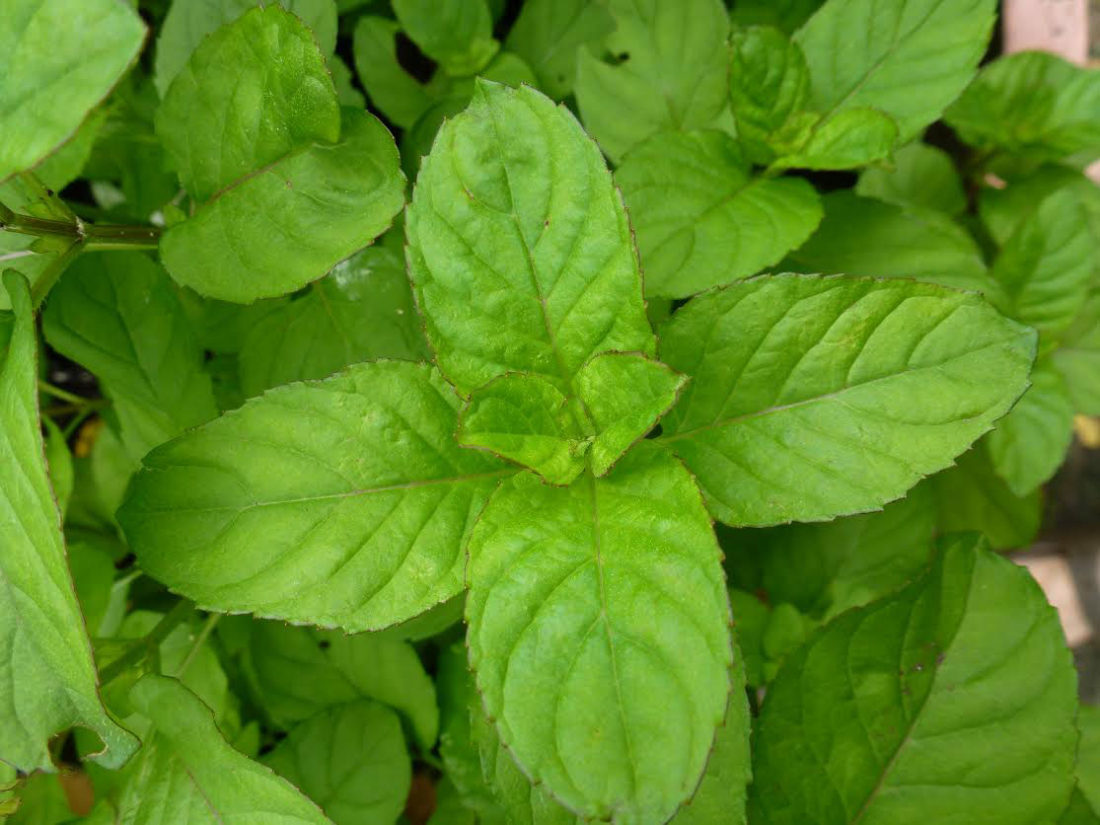
Belsinger raves about this plant, which has a broad leaf and dark stem. “I would have to say orange mint is in my top five favorite herbs,” she says, “however, it has no menthol in it, so when you taste it, you get citrus notes more than mint.” The flavor is reminiscent of bergamot and Earl Grey, and Belsinger dries the leaves for tea, bakes them into peach pies, and steeps them in cream to add an orange hit to dark chocolate ganache. “I even drop a handful of orange mint into my bathtub,” she says, “it’s so lovely.”


